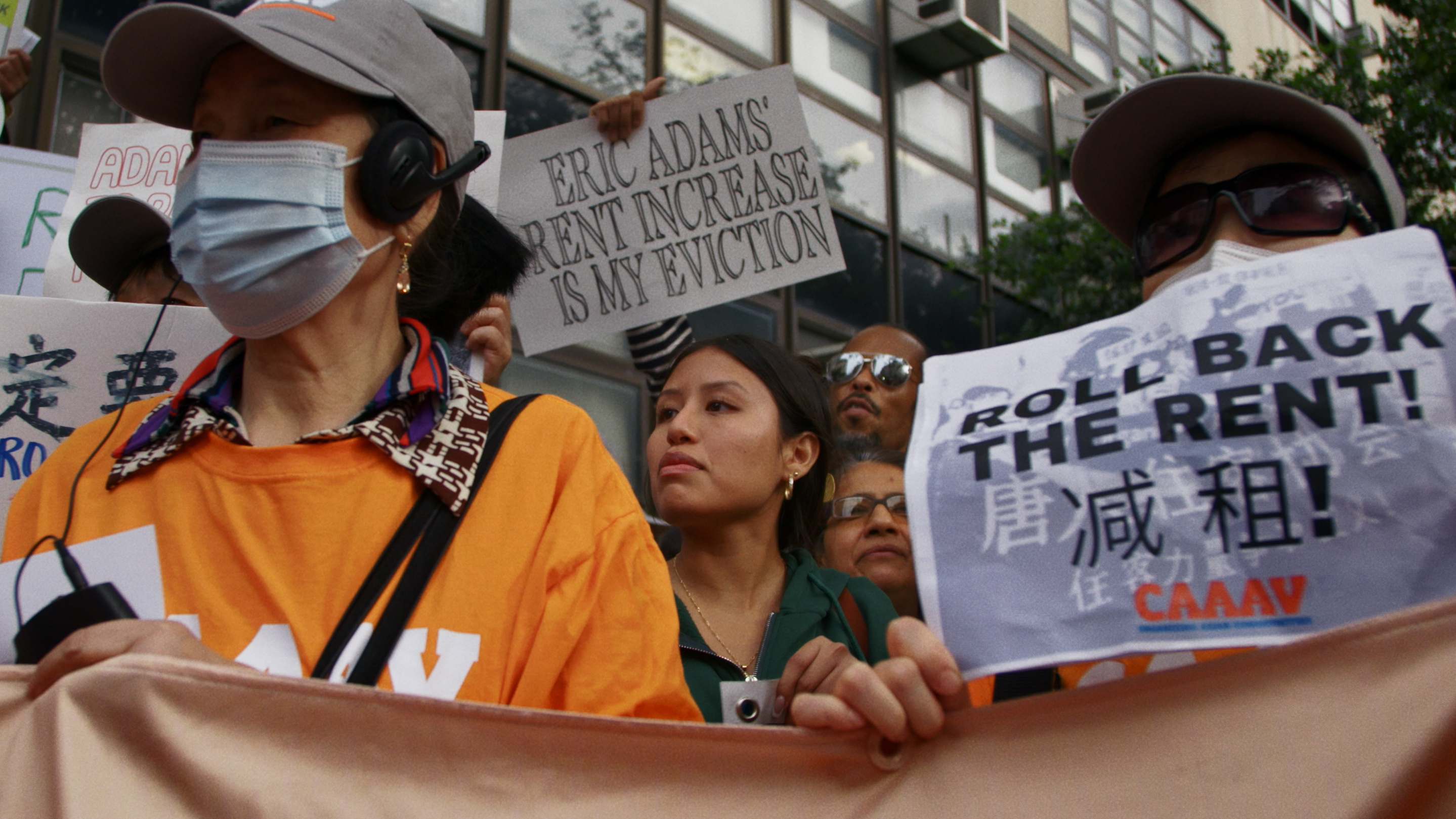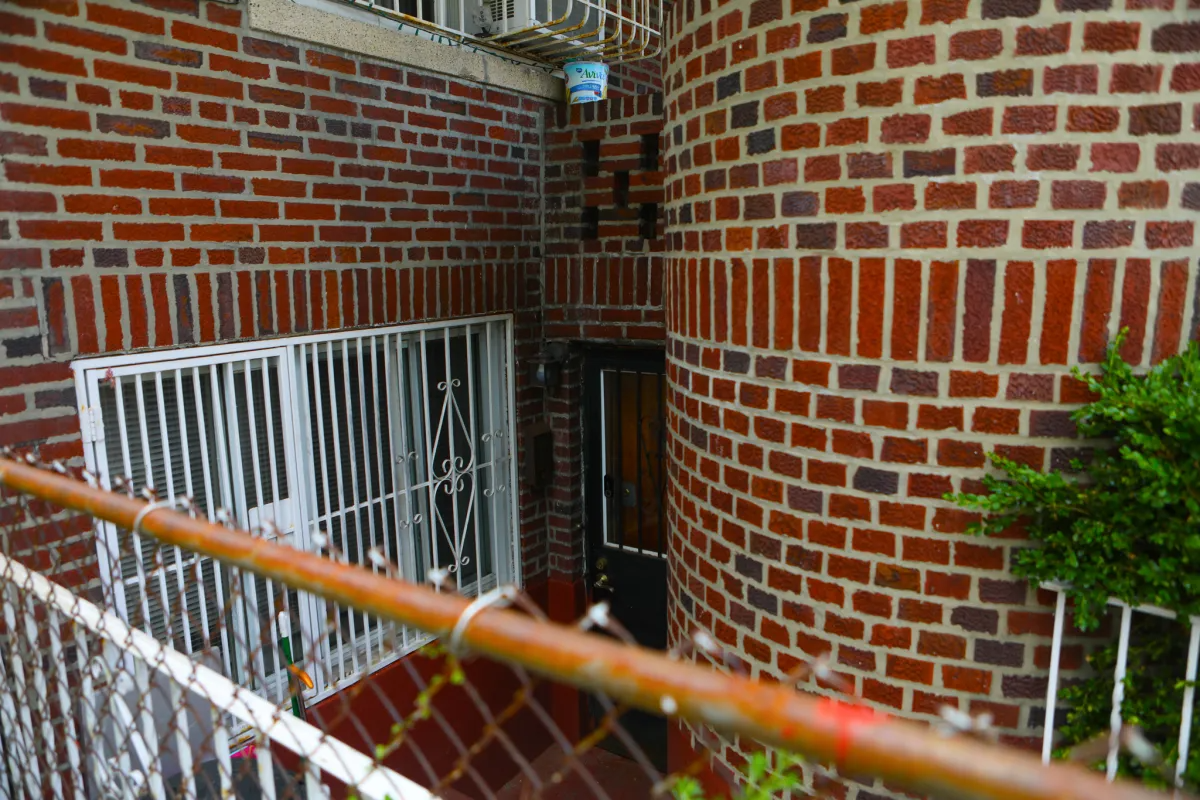Corcoran Market Report: We're OK, Actually
We got our hands on Corcoran’s Q2 sales data, and it shows that the state of the Brooklyn market isn’t quite as precarious as the Times made it out to be. The median price per square foot sales price of condos and co-ops is up 10 percent over this time last year, to $560,000, and…


We got our hands on Corcoran’s Q2 sales data, and it shows that the state of the Brooklyn market isn’t quite as precarious as the Times made it out to be. The median price per square foot sales price of condos and co-ops is up 10 percent over this time last year, to $560,000, and there was a 4 percent reduction in condo/co-op inventory. In terms of townhouses, while the median price on one-families was down 3 percent from Q2 ’07 levels, to $965,000, the median price on 2-4 families was up 6 percent, to $1,240,000. In fact, all the brownstone Brooklyn neighborhoods had pretty substantial price increases in the larger townhouse category, and inventory was extremely tight. The most startling figure in the report is the 15 percent decrease in median prices for Williamsburg condos, but even that doesn’t seem so horrible when you factor in that Corcoran had 47 percent more condo listings between April and June ’08 compared to the same three months in ’07. Another mediating factor to consider in viewing the drop in median price of Williamsburg condos: Many developers began skewing their mix of inventory towards studios and one-bedrooms since those were the units that were selling best; if there were more small apartments in the 2008 data, one would expect to see average and median prices declining. Conclusion: We don’t think the party’s over and done with in Brooklyn, either.
Manhattan ‘Still a Party’; Hangover for Williamsburg? [Brownstoner]





“Quite good for creditors, though, if they get paid back at all: the $500k they get back buys more than the $500k they lost.”
uh, no. not good for creditors at all. have you been reading about what is going on with banks and housing lately?
http://www.youwalkaway.com:
Are you stressed out about your mortgage payments?
Do you have little or no equity in your home?
Have you had trouble trying to sell your house?
Is your home sinking under the waves of the real estate crash?
What if you could live payment free for up to 8 months or more and walk away without owing a penny?
June 20, 2008
Layoffs Show on New York Unemployment Rolls
By PATRICK McGEEHAN
Week after week, Wall Street banks and other big employers have announced layoffs by the thousands, but month after month, the official gauges of the job market in the New York metropolitan area registered few signs of a downturn.
Until now.
By several measures released this week, unemployment is on the rise in and around New York City, and the increase is beginning to worry government officials and economists.
The most concrete count, the number of people collecting unemployment benefits, rose by more than 10 percent in May in the city and the surrounding states, up sharply from the previous months. The unemployment rates for the city, New York State and New Jersey all jumped by half a percentage point to more than 5 percent in May, after adjustments for seasonal fluctuations.
The rate of joblessness in both the city and the state is now 5.2 percent, up from 4.7 percent in April, the State Labor Department said on Thursday. A day earlier, New Jersey officials said their state’s unemployment rate had risen to 5.4 percent from 4.9 percent. The national rate rose to 5.5 percent, from 5 percent in April.
Analysts attributed the sudden rise to a combination of a weakening economy and the end of severance payments for people whose layoffs were announced months ago. Layoffs on Wall Street tend to have less of an immediate effect on unemployment statistics because financial companies often hand out severance that tides people over for weeks or months, delaying their need to seek unemployment benefits, analysts said.
Marcia J. Van Wagner, the city’s deputy comptroller for budget, said that although there have been layoffs on the order of 20,000 to 40,000 workers in recent months, the full impact is just now being felt. “It’s like the tsunami is still making its way across the ocean,†she said.
In the city, the total number of jobs is still higher than it was a year ago, fueled by growth in the transportation, education and health industries. But total employment in the city is up just 1 percent in the past year, compared with a growth rate that was nearly three times as large before the financial markets started to swoon last summer.
James Brown, an analyst with the State Labor Department, noted that employment nationally has been falling, and therefore New York City’s 1 percent growth looked relatively good. But, he added, “It is important to realize how much the city’s economy has slowed recently.â€
Mr. Brown said he expected the jobs picture to dim further in coming months as the city absorbed the loss of several thousand jobs at Bear Stearns, the big investment bank that collapsed in March.
And Wall Street, the bellwether of the city’s economy, is clearly shrinking. The local securities industry lost about 1,400 jobs in the last year, according to the state.
“What we’re starting to see now is the hit to the financial sector that didn’t show up as soon as construction declined nationally,†said James Parrott, chief economist in Manhattan for the Fiscal Policy Institute, a liberal-leaning research group that examines tax, budget and economic public policy in New York State. “Now the decline has spread to the broader securities industry that’s centered in New York City and feeds a lot of activity in the region.â€
Many economists, including Mr. Parrott, track the actual counts of people collecting benefits because they view them as a more accurate measure of economic hardship than the unemployment rate, which is often revised later. In the last several weeks, those rolls have been growing at a fast clip.
In New York City, the number of people receiving unemployment checks rose almost 15 percent in May, to 58,500, Mr. Brown said. In April, that number had increased just 6 percent.
Statewide, the number of people collecting unemployment rose 13 percent in May. In New Jersey, the increase in May was more than 10 percent. In Connecticut in the last two weeks of May, the increase was 16 percent.
Gladys Bright, who lives in the Clinton Hill section of Brooklyn, could be joining that group soon. Ms. Bright, 50, said she was laid off in late May from her custodial job at a post office in Lower Manhattan, where she was classified as a “casual worker†and had been laid off from time to time.
On Wednesday, she was still waiting to hear if she would receive unemployment benefits. The last time she collected unemployment, she received $323 a week after taxes, she said, adding that she expected to receive about the same amount this time.
In the meantime, she said she would limit her spending and try to find a permanent job, despite the state of the economy.
“It’s very bad because they’re laying off a lot of people from different companies,†Ms. Bright said. “The economy is bad. Everything is on the rise, like food,†she said, adding, “You have to cut back on stuff.â€
Marvin Finkelstein is closer to the other end of the financial bridge between jobs. Mr. Finkelstein, 57, has been collecting unemployment for four months since he was dismissed after six years as a substitute teacher in the city’s public schools.
“It’s tough. I have a lot less than what I did,†he said, as tears welled in his eyes. “I cut back on luxuries. And I live on whatever savings I have.â€
Mr. Finkelstein, who was searching for a job at the Workforce1 Career Center in Brooklyn on Wednesday, said he had been receiving $278 a week in benefits, barely enough to cover the $897 monthly rent on his one-bedroom apartment in Flushing, Queens.
He was uncertain what he would do if he did not find work before his checks ran out. The standard limit to unemployment benefits is 26 weeks, though Democrats in Congress have been pushing for a 13-week extension.
On Thursday, the House approved a bipartisan war-financing bill that included the 13-week extension of benefits.
Gov. David A. Paterson of New York and Gov. Jon S. Corzine of New Jersey sent letters to Congress in April urging passage of the extension. In New Jersey, David J. Socolow, the state’s commissioner of labor and work force development, said the need is becoming dire as a rapidly growing number of people exhaust their benefits.
In the last three months, benefits have run out for more than 45 percent of the people collecting unemployment in New Jersey, Mr. Socolow said. That is a higher rate than in any of the previous 24 months. At the same time, the average period during which people stayed on unemployment benefits has risen to more than 18.3 weeks from fewer than 18 weeks last year.
“People are taking longer to find a job,†Mr. Socolow said. “When you see that it’s creeping up for a few extra weeks, that’s not out of laziness on the part of the worker.â€
“Virtually all current homeowners bought before the last rapid run-up in prices.”
“Judges, we already have a winner of the much-coveted Idiot Comment of the Day award.”
Data??? Given the low volume of sales in the last few years, seems like the OP is right, but does anyone actually know?
Heather, when the debtors walk away and the creditors don’t get paid, then they can’t pay their own creditors. Especially if they are banks, which normally have lots of creditors (depositors) who are entitled to their money back right away, but relatively few readily saleable assets (loans usually can’t be called). Since they aren’t getting paid, or they’ve lost the savings they had in failed banks, lots of companies fail, and then their ex-employees can’t pay their debts, and then… Meanwhile, credit closes down completely, because who is going to loan money if they think they might not get paid back, which means that asset prices have to drop, because without credit no one can afford them.
That is the “systemic failure” that the Fed worries about when, for example, they bail out Bear Stearns. In the 1930s, the cycle spiraled downwards for a decade. Modern FDIC insurance is meant to prevent at least one stage in the spiral by guaranteeing depositors that they’ll be paid even if the bank fails (so they don’t panic and cause unnecessary bank failures).
10:22, okay. Now that makes sense. Thanks.
Of course the issue is, the creditors DO need to be paid back. And if the house is only worth $250K and the debtor walks away from the mortgage, how to they win?
10″09- You’re right. We never parleyed our sense of outrage into real action. I think because we were so unable to believe things could have come to this. Or maybe we were feeling so powerless to make even out elected officials understand that they work for us.
And with the 2004 election we all fell prey to Republican fear mongering.Everyone has to take responsibility for that- we knew we were being manipulated by the basest partisans and despite all the strength and unity we saw after 9-11 we were reduced to cowering- Republican and Democrat alike- under our tables.
I’m hoping we learned our lesson. when 80% of the country thinks we’re on the wrong track, there seems to be a glimmer of light. If McCain wins at the very least he’ll be facing a Democratic congress and a country sick and tired of what the Republicans have made us.
A 50% price drop would mean I could make money buying rental properties and renting them! Satisfied renters keep your checks coming!
Heather: Borrow $500k to buy your apt. Then, your apt loses half its value, so if you sell, you still owe money. Then, get laid off and discover that the best job you can find pays 30% less than what you were making. Deflation is very hard on debtors.
Quite good for creditors, though, if they get paid back at all: the $500k they get back buys more than the $500k they lost.
Reverse this and you’ll see why usually the way out of collective overborrowing binges like the one the US has been on is inflation. It makes the borrowers’ loans go away. This time, though, we owe too much to foreigners for that solution to be attractive.
“Virtually all current homeowners bought before the last rapid run-up in prices.”
Judges, we already have a winner of the much-coveted Idiot Comment of the Day award.